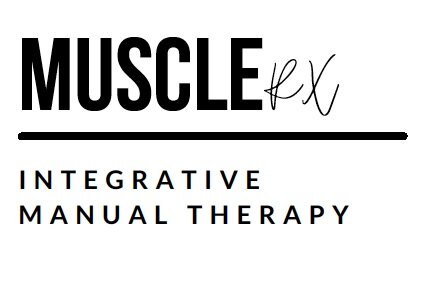Leveraging Multiple Modalities
The Clinical Efficacy of Integrative Manual Therapy
In contemporary clinical practice, addressing physical ailments through an integrative approach has gained significant traction. Integrative Manual Therapy (IMT) is a multifaceted therapeutic modality that combines various evidence-based techniques to treat the underlying causes of dysfunction, rather than merely alleviating symptoms.
Overview of Integrative Manual Therapy
Integrative Manual Therapy (IMT) is a patient-centered approach that involves a comprehensive evaluation and treatment strategy. The foundational principle of IMT is the recognition of the body's inherent ability to heal itself, facilitated through the resolution of musculoskeletal imbalances and restrictions. This holistic methodology aims to restore optimal function across all bodily systems.
Key Techniques and Modalities
IMT encompasses a diverse array of therapeutic modalities, each with a specific clinical indication:
Acupuncture: This traditional Chinese medical practice involves the insertion of fine needles at specific anatomical points to modulate physiological functions, reduce pain, and promote tissue healing. The mechanism of action includes neurochemical release and modulation of the autonomic nervous system.
Cupping: Utilized to enhance microcirculation and alleviate myofascial tension, cupping therapy involves creating suction on the skin. This modality has been shown to increase blood flow, facilitate lymphatic drainage, and reduce inflammatory markers.
Graston Technique: An evidence-based, instrument-assisted soft tissue mobilization technique aimed at breaking down scar tissue and fascial restrictions. Clinical studies have demonstrated its efficacy in improving range of motion and reducing pain in musculoskeletal conditions.
Myofascial Release: A manual therapy technique focused on releasing fascial adhesions and improving tissue pliability. It is particularly effective in treating chronic pain conditions and improving functional mobility.
Craniosacral Therapy: This gentle, hands-on technique targets the craniosacral system, which includes the membranes and cerebrospinal fluid surrounding the brain and spinal cord. It is indicated for conditions such as migraines, TMJ disorders, and post-concussive syndrome.
Lymphatic Drainage: A specialized manual technique designed to enhance the flow of lymphatic fluid, thereby reducing edema, promoting detoxification, and supporting immune function.
Clinical Benefits of Integrative Manual Therapy
The application of IMT in clinical practice offers numerous benefits:
Pain Modulation: By targeting the etiological factors of pain, IMT can achieve significant and sustained pain relief, potentially reducing reliance on pharmacological interventions.
Restoration of Functional Mobility: Techniques such as joint mobilization and fascial release contribute to the restoration of normal joint kinematics and soft tissue extensibility.
Facilitation of Healing Processes: Enhancing tissue perfusion and reducing inflammation through IMT supports the body's intrinsic healing mechanisms.
Stress Reduction and Psychosomatic Integration: The holistic nature of IMT addresses both physical and psychological stressors, promoting overall well-being and improving patient quality of life.
Individualized Treatment Plans: IMT allows for personalized therapeutic interventions based on comprehensive patient assessments, ensuring that treatment protocols are tailored to individual needs and clinical presentations.
Conclusion
Integrative Manual Therapy represents a robust and comprehensive approach to patient care, leveraging multiple modalities to address the interconnected systems of the body. By combining techniques such as acupuncture, cupping, and the Graston technique, IMT offers an effective and evidence-based solution for managing pain, improving function, and promoting holistic health. Incorporating IMT into clinical practice can lead to improved patient outcomes and enhanced quality of life.
